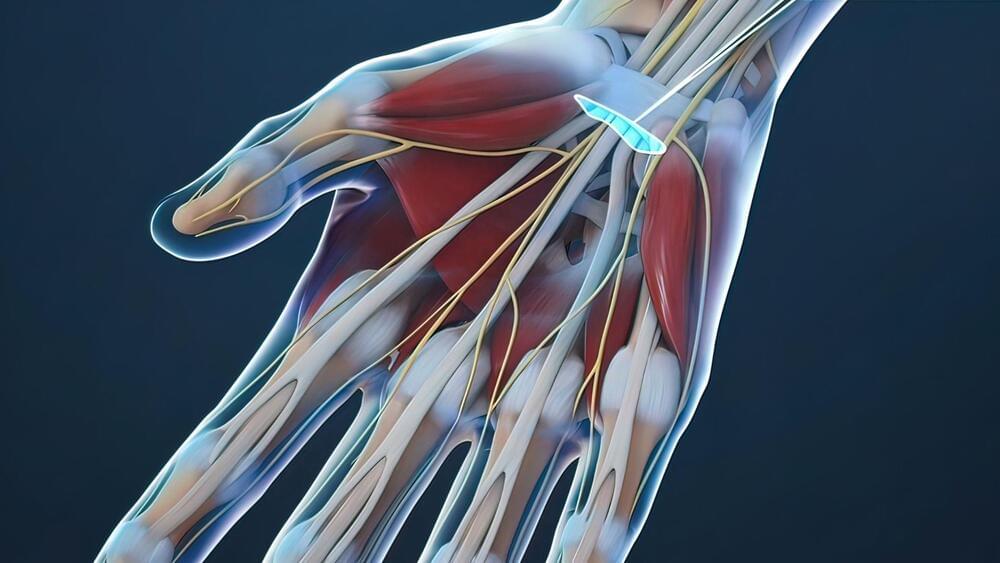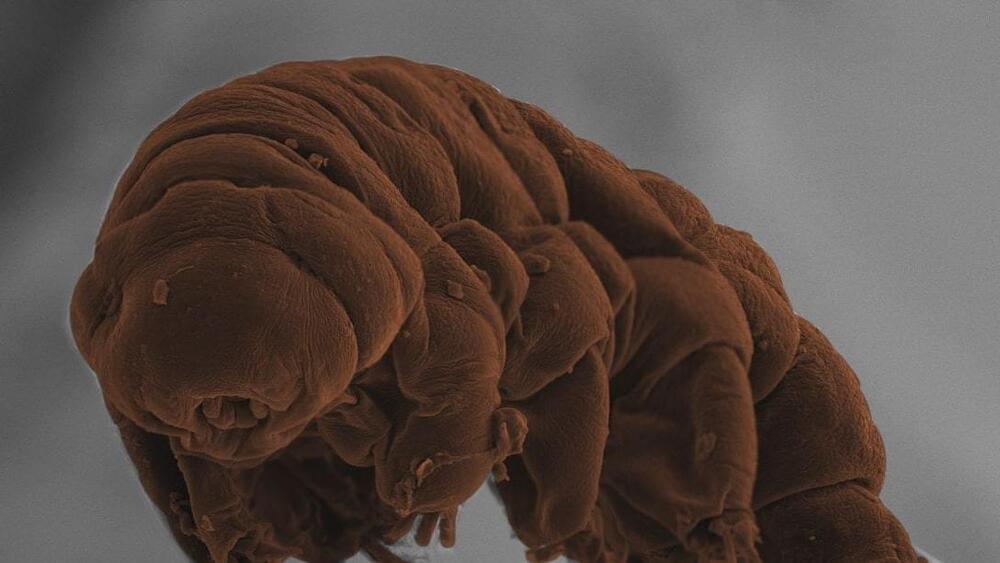Carl knox / ozgrav, ARC centre of excellence for gravitational wave discovery, swinburne university of technology.
The specific event they observed and analyzed is so rare that it has only been seen three other times throughout history.
Carl knox / ozgrav, ARC centre of excellence for gravitational wave discovery, swinburne university of technology.
The specific event they observed and analyzed is so rare that it has only been seen three other times throughout history.
The solution to our carbon problem is floating in the oceans.
Phytoplankton are microscopic organisms (can be bacteria, algae, or plants) that perform photosynthesis in oceans and eliminate excess carbon dioxide from Earth’s atmosphere. They sequester about 40 percent of the total carbon produced every year globally and, therefore, also play a major role in mitigating global warming.
A team of researchers from the Pacific Northwest National Laboratory (PNNL) has proposed that by feeding engineered nanoparticles (ENPs) as fertilizers to phytoplankton. Humans can increase the growth of these microorganisms in oceans and eventually fix more CO2 from Earth than ever.

It will take 1.5 years to reach its final destination far beyond the moon.
In a world first, Japan’s space agency announced it successfully used steam to propel a spacecraft toward the Moon. Japan Aerospace Exploration Agency’s (JAXA) water-powered CubeSat spacecraft, EQUilibriUm Lunar-Earth point 6U (EQUULEUS), was launched on its way by NASA’s Orion spacecraft, which recently broke a record for the farthest distance traveled by a human-rated spacecraft.
“This is the world’s first successful orbit control beyond low-Earth orbit using water propellant propulsion system,” JAXA said in a statement on Saturday.
JAXA / University of Tokyo.
Japan Aerospace Exploration Agency’s (JAXA) water-powered CubeSat spacecraft, EQUilibriUm Lunar-Earth point 6U (EQUULEUS), was launched on its way by NASA’s Orion spacecraft, which recently broke a record for the farthest distance traveled by a human-rated spacecraft.
NASA’s Discover supercomputer simulated the extreme conditions of the distant cosmos.
A team of scientists from NASA’s Goddard Space Flight Center used the U.S. space agency’s Center for Climate Simulation (NCCS) Discover supercomputer to run 100 simulations of jets emerging from supermassive black holes.
The scientists set out to better understand these jets — massive beams of energetic particles shooting out into the cosmos — as they play a crucial role in the evolution of the universe.

This could help us probe into the lesser-known field of quantum gravity.
A collaborative team of researchers in the U.S. created a holographic wormhole and sent a message through it. This is the first known report of a quantum simulation of a holographic wormhole on a quantum processor.
However, the two theories are fundamentally incompatible and the holographic principle is a guide that can help us combine the two.
Metamorworks/iStock.
Einstein’s theory of general relativity helps us to understand the physical world such as astronomical objects with high energies or matter densities. Quantum mechanics on the other hand, describes matter at atomic and subatomic scales.

The treatment does not require anesthesia or hospitalization.
A novel non-surgical treatment method could mark an end to the sufferings of carpal tunnel syndrome patients, according to a study that will be presented today at the annual meeting of the Radiological Society of North America (RSNA).
Carpal tunnel syndrome is a nerve entrapment neuropathy that is caused by pressure on the median nerve and tendons inside the carpal tunnel. Its symptoms, which may include tingling, numbness, or weakness in the fingers or hand, can affect one’s daily life negatively due to a loss of proprioception.

He does not know what happened to his Twitter stake either.
Former FTX CEO, Sam Bankman-Fried (SBF) was living the living billionaire dream until earlier this month. Then FTX collapsed in a matter of days and the man who held a personal fortune of $26 billion at one time is now down to his last $100,000, Axios.
The rise of SBF was a textbook case of a young entrepreneur who struck gold in a field that was still in its infancy, and most knew little about it. Even today, very few really understand how the world of cryptocurrency works, and where it is headed. But one thing is for certain, SBF won’t be a name that will be featured in successful crypto stories henceforth. He was at the helm of affairs when FTX collapsed and so did billions of dollars’ worth of investor wealth.

The soccer star had claimed his head brushed the ball in Portugal’s opening goal against Uruguay.
FIFA has now provided an explanation for why Portugal’s opening goal against Uruguay was not awarded to five-time Player of the Year Cristiano Ronaldo.
The 37-year-old, the world’s most recognized soccer player, claimed his head brushed the ball during the opening goal against the opponents in Monday’s encounter of the FIFA World Cup in Qatar.


Year 2017 Basically the tardigrade is the most promising set of genes on any creature due to many types of survival genes like going years without food or even genes for radiation resistance which could be used in crispr to augment human genes.
Tardigrades — aka water bears or moss piglets — are perhaps the most resilient creatures on the planet, able to survive complete dehydration, space vacuum and being frozen. However, only recently have scientists begun to unravel the genes that underpin the tardigrade’s biological superpowers. “They’re 0.2mm to 1mm in length and despite being so small they are able to do all these things we cannot,” says Mark Blaxter, a biologist at the University of Edinburgh who has been studying tardigrades for 20 years. “In their DNA, they hold a cornucopia of secrets.”
With Kazurahu Arakawa, from the University of Keio, Japan, Blaxter recently analysed the first true tardigrade genome. The results, published today in the open access journal PLOS Biology, are a first step towards explaining the genetics underpinning the tardigrade’s extraordinary resilience and to pinpoint its place within the evolutionary tree of life. We spoke to Blaxter about his new research and his fascination for this remarkable little animal.
**WIRED:**How come we are only now able to analyse the tardigrade’s true genomes?